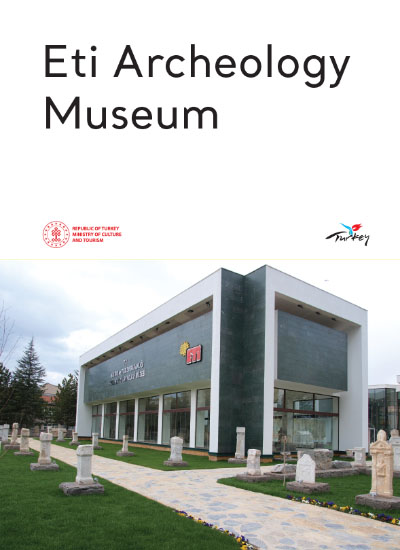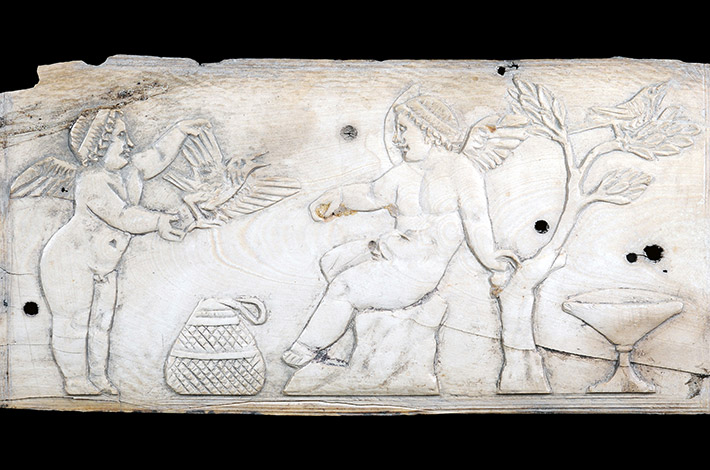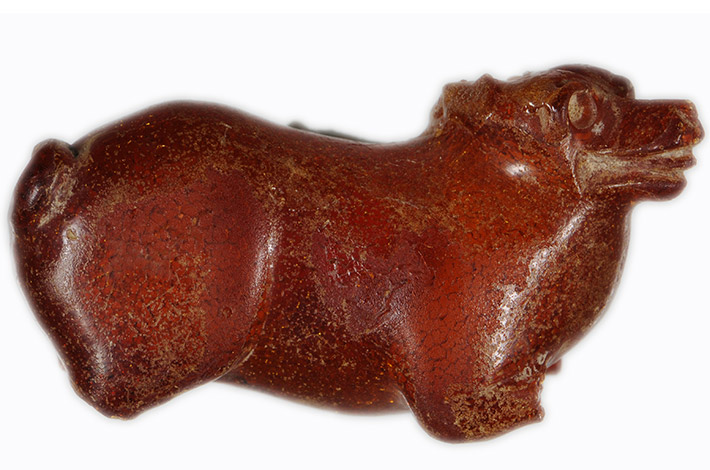In 1945, a warehouse museum was established in Alaeddin Mosque of Eskişehir by collecting movable cultural assets from and around the city. Later, in 1966, Eskişehir Museum Directorate was officially established at Kurşunlu Mosque Complex located in Odunpazarı Quarters. In 1974, a new museum was constructed on Atatürk Boulevard in the Akarbaşı Quarters. The construction of the Eskişehir Eti Archaeology Museum was sponsored by the ETİ Group of Companies, following a protocol signed between the Ministry of Culture and Tourism and the Board of Directors on 28.02.2007. The administrative building was completed in 2010 and is now in service as the Eskişehir Eti Archaeological Museum. The museum building covers a surface area of approximately 1300 m2 and is divided into three blocks with a total usable area of 4000 m2. The basement of the building serves as a laboratory and photography shop, while the ground floor houses a cafeteria. The first and second floors are dedicated to the library and administrative offices, respectively. The museum garden features immovable cultural assets on display. The ground floor of B Block serves as a multipurpose hall for exhibitions and conferences, while the ground floor of C Block is used for open and/or periodic exhibits. The basements of both B and C Blocks are used as warehouses. The first floors of B and C Blocks are entirely dedicated to exhibiting archaeological artifacts. The Eskişehir ETİ Archeology Museum was officially opened in 2011. The collection includes items obtained through acquisition, donation, and excavations and surface explorations carried out in the Eskişehir region. The exhibition halls of the museum display artifacts from various locations, including Dorylaion (Şarhöyük Eskişehir-Tepebaşı), Pessinus (Sivrihisar-Ballıhisar), Han Underground City (Han Yazılıkaya), Keçiçayırı (Seyitgazi-Bardakçı), Old Hittite Necropolis of Çavlum Village (Odunpazarı-Çavlum), Demircihöyük (Çukurhisar-Tepebaşı), Karacahisar (Odunpazarı-Karacaşehir), and Küllüoba (Seyitgazi-Yenikent). The artifacts are displayed in chronological order. The museum has approximately 22,500 movable cultural assets, ranging from the Neolithic to the Ottoman periods. Of these, around 2,000 artifacts are displayed in the museum's 1,800 m2 indoor space, while the remaining 20,500 are stored in a 900 m2 warehouse.
ETİ ARCHAEOLOGICAL MUSEUMS



